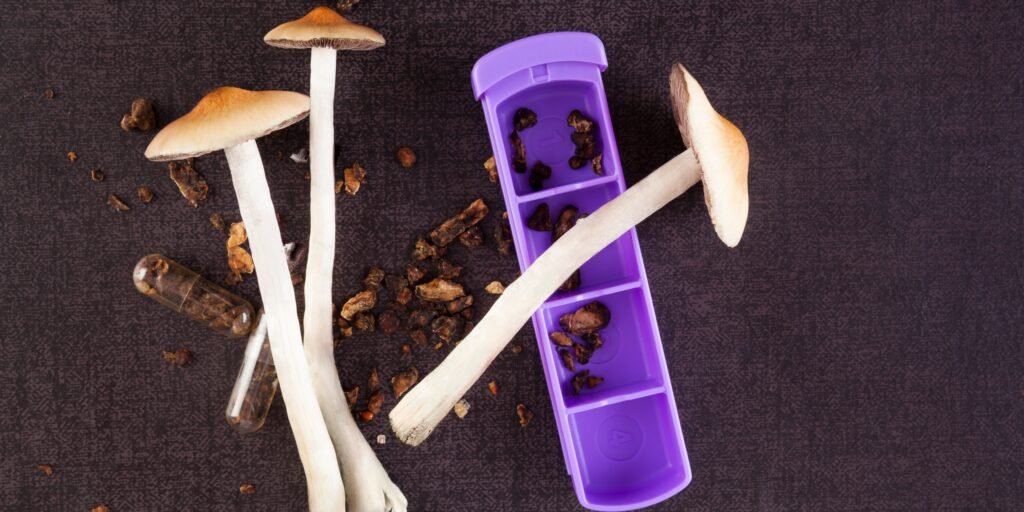Psilocin from Magic Mushrooms May Slow Aging — Here’s How!

Last Updated on July 30, 2025 by Rose Ann
A new study from Emory University has revealed that psilocin — the active compound formed in the body after ingesting psilocybin from psychedelic mushrooms — may have a powerful effect on aging. According to the research, which involved both lab-grown human cells and live mice, psilocin significantly extended lifespan and improved markers of healthy aging.
In human cell cultures, exposure to psilocin extended cellular lifespan by more than 50%. In mice, the effects were equally striking. Treated mice lived approximately 30% longer than their untreated counterparts.
But it wasn’t just about living longer — these mice also aged better. They had glossier coats, maintained better posture, showed more activity, and displayed other signs typically associated with youthful physiology, including healthier organ function.
What makes this study particularly compelling is how psilocin works. Rather than altering genes or relying on complex and invasive procedures, the compound seems to reset the body’s biological clock at the cellular level.
Researchers suggest that psilocin acts on serotonin receptors, triggering gene expression changes that influence epigenetic aging pathways — essentially slowing the process of aging from the inside out.
One of the study’s authors summed up the findings:
“Human cells lived over 50% longer, and mice treated with psilocybin not only lived 30% longer but also looked and aged better.”
These findings could be especially significant for individuals interested in extending both lifespan and healthspan. While the research is still in its early stages and conducted only in mice, it points to a promising new direction in aging science — one that emphasizes natural, non-invasive compounds over aggressive medical interventions.
However, psilocin is still a psychoactive substance, and its use in humans requires further investigation. Safe dosage, long-term effects, and ethical concerns must all be addressed in future human trials before any real-world application can begin.
Still, this research signals a major step forward in our understanding of how aging works — and how we might someday slow it down. To read all the details about the methodology, dosing, and future directions, check out the full article on ScienceDaily.





